Long before the days of organic snack packs and gluten-free options, school lunches in the 1960s were a unique blend of convenience, creativity, and occasionally questionable nutrition. These lunch staples might raise eyebrows today, but for Baby Boomers who grew up during this colorful decade, they trigger waves of nostalgia. Whether packed lovingly in metal lunch boxes adorned with favorite TV characters or served on divided plastic trays in cafeterias across America, these foods defined a generation’s midday meal experience.
1. Baloney and Mayo on White Bread
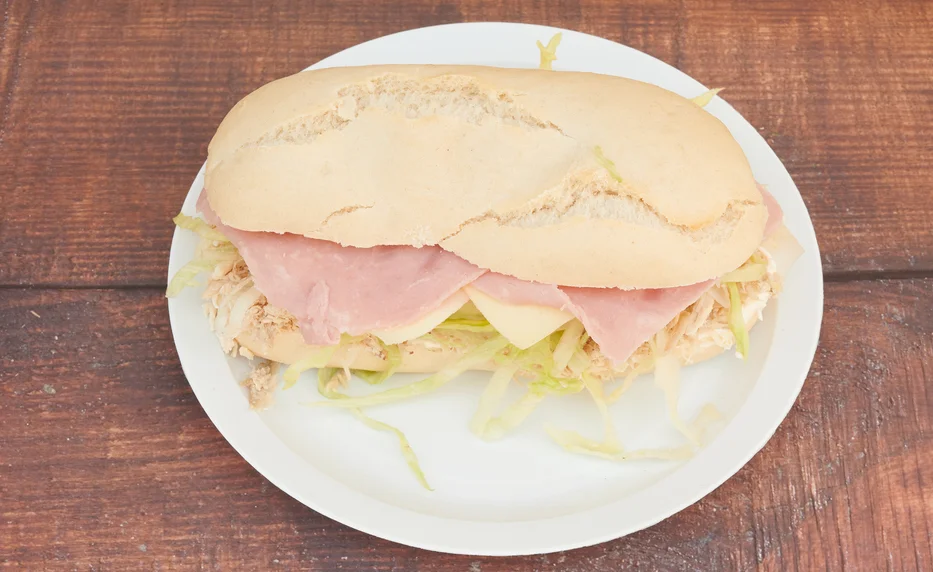
Few sandwiches capture the essence of 1960s lunch boxes quite like baloney on white bread with a generous smear of mayonnaise. Parents would slap together these simple sandwiches by the millions each morning, sometimes adding a slice of American cheese for extra “nutrition.” The soft white Wonder Bread would often compress into a gummy layer by lunchtime, creating that distinctive texture that kids of the era remember all too well. Eater breaks down just how bologna became such a defining part of so many popular American lunches decades ago.
What’s fascinating is how this simple sandwich became the cultural shorthand for packed lunches of the era, appearing in countless TV shows and movies depicting the period. Some creative moms would use cookie cutters to shape these sandwiches into stars or hearts, though by noon, the warm, slightly soggy creation barely held its original form – yet somehow, it still tasted like childhood satisfaction.
2. Thermos of Campbell’s Tomato Soup
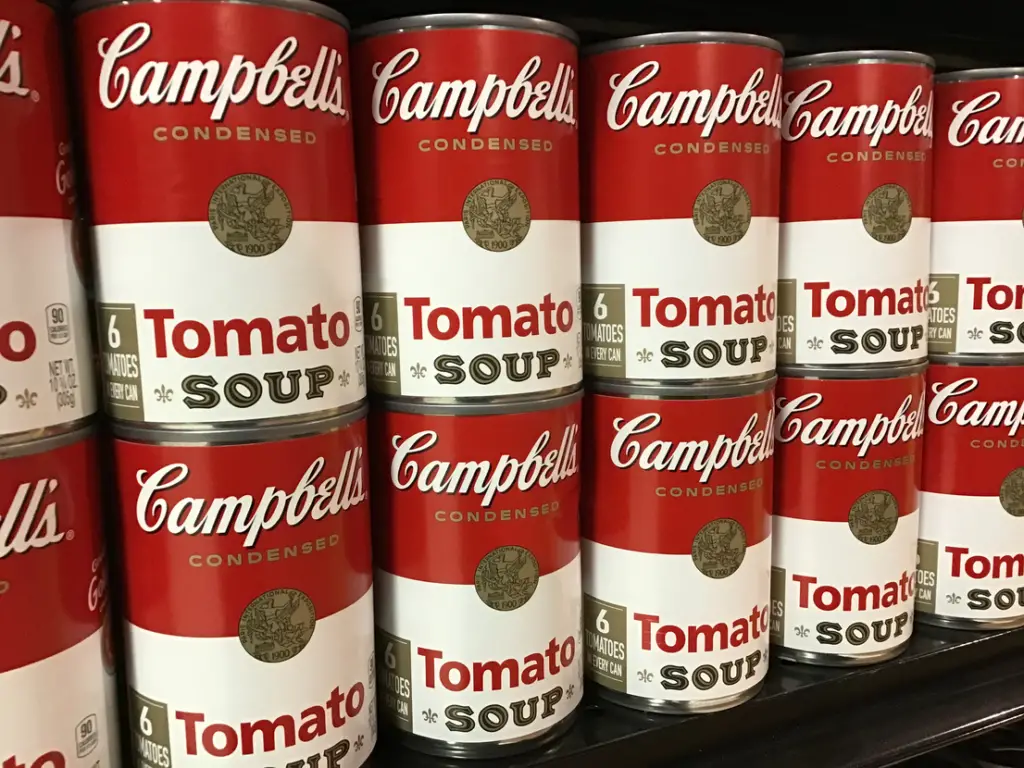
The metallic-lined glass Thermos was a technological marvel that allowed kids to enjoy hot soup even at schools without cafeterias. Campbell’s tomato soup, often made with milk instead of water for “extra nutrition,” was the undisputed king of Thermos contents, its sweet-tangy flavor providing comfort on cold days. The distinctive hollow sound of that plastic cup-lid being unscrewed signaled lunch was about to begin, though kids had to be careful not to drop their precious Thermos, as the internal glass liner shattered easily. What’s more, Tapas Magazine writes, Campbell’s products didn’t just become a popular tasty treat, but these products also redefined pop culture as a whole.
The ritual of pouring the steaming red liquid into the Thermos cup created an island of warmth in the middle of the school day. Many children discovered the hard way that soup temperature preservation had its limits, sometimes opening their Thermos to find a lukewarm disappointment – though this rarely stopped them from drinking every drop anyway.
3. Deviled Ham Spread Sandwich
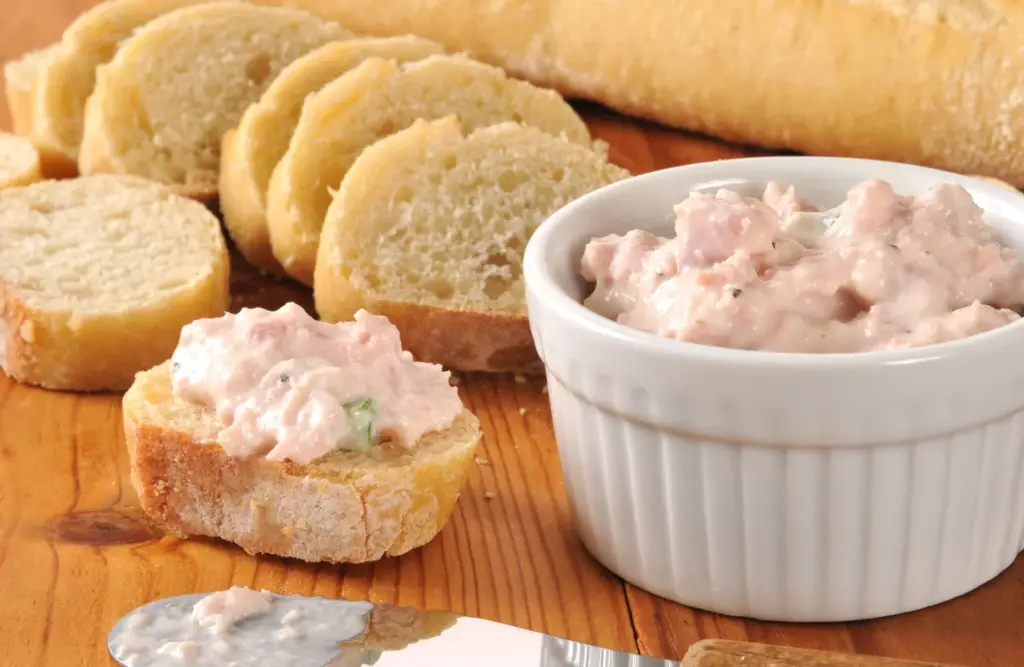
Underwood Deviled Ham, with its distinctive paper-wrapped can and devil logo, transformed ordinary sandwiches into something special—or at least different. Parents would mix this potted meat product with mayonnaise, sweet pickle relish, and sometimes a dash of mustard to create a spread that defied easy description. The paste-like consistency and uniquely spicy flavor profile made these sandwiches an acquired taste that many Boomers still crave today. Yahoo bottles up and explores the history behind this meal, especially as a canned good when convenience became an ideal trait in any meal.
Kids would sometimes trade these distinctive sandwiches with friends, creating impromptu taste tests of different mothers’ deviled ham recipes. The powerful aroma would announce its presence the moment the wax paper was unfolded, causing neighboring classmates to either lean in with interest or recoil dramatically, with very little middle ground in reactions.
4. Peanut Butter and Marshmallow Fluff

The Fluffernutter sandwich represented the perfect storm of 1960s food philosophy: affordable, shelf-stable, and packed with enough sugar and protein to power a child through afternoon classes. This New England specialty gradually spread nationwide, combining sticky-sweet marshmallow creme with peanut butter on soft white bread. Children would open their lunch boxes to find this sweet treat slightly compressed, the marshmallow fluff oozing into the bread and creating a gooey texture that required careful eating techniques.
Parents often considered this a perfectly acceptable lunch option, sometimes adding banana slices for “extra nutrition” and variety. The sandwich would frequently arrive slightly squashed by an apple or box of raisins, but kids actually preferred this compressed version, as the ingredients would marry together into a unique texture impossible to recreate with a freshly made sandwich.
5. Olive Loaf Sandwich
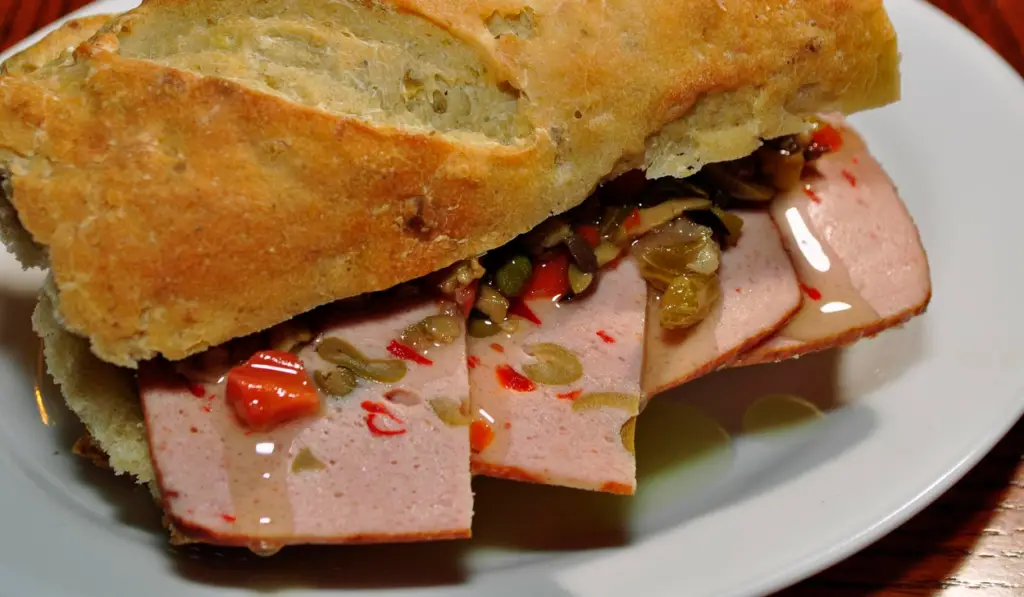
Olive loaf, that curious lunch meat studded with pimento-stuffed green olives, represented suburban culinary adventure in sandwich form. Sliced thin and placed between white bread spread with mayonnaise, it created a visually distinctive sandwich that announced itself as something special the moment a child unwrapped it. The salty olive bits provided unexpected bursts of flavor that broke up the otherwise mild meat, creating a taste experience that divided playgrounds into passionate olive loaf supporters and equally vocal detractors.
Parents often chose olive loaf as an economical way to add variety to the lunch rotation when baloney had run its course. Some children would pick out the olive pieces to eat separately, while others developed techniques to ensure each bite contained the perfect meat-to-olive ratio – early signs of the food appreciation that would characterize the generation in later decades.
6. Tuna Salad with Sweet Pickle Relish
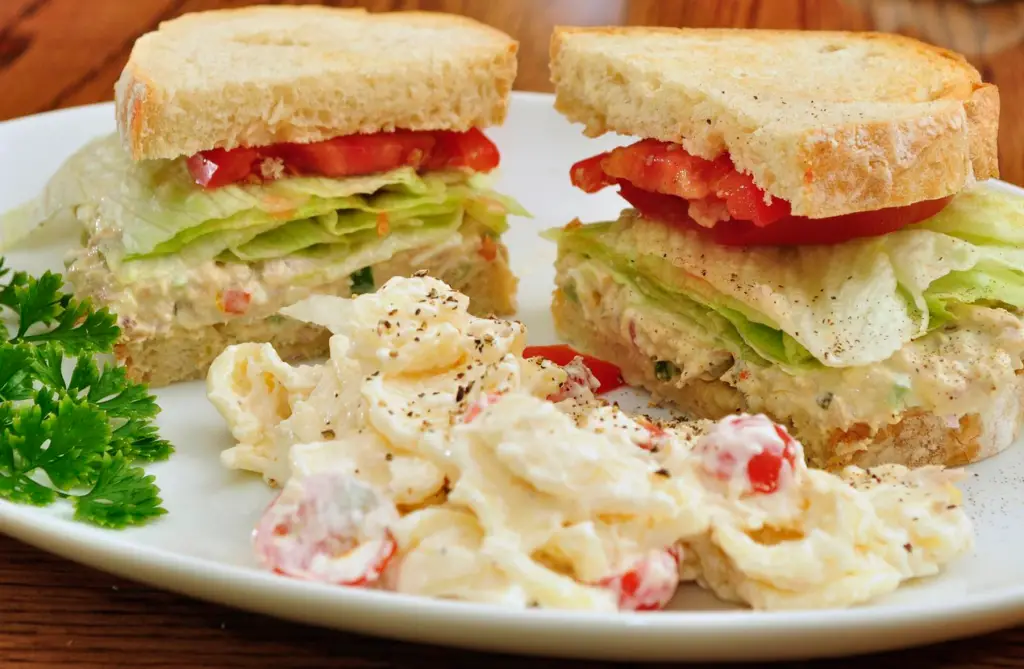
Tuna from a can mixed with mayonnaise and sweet pickle relish created a sandwich filling that defined Wednesday lunch for countless 1960s children. Many moms added finely chopped celery or onion for extra crunch, though kids would often pick out these “foreign objects” before eating. By lunchtime, the sandwich had developed that distinctive tuna aroma that would announce itself the moment lunch boxes popped open across the cafeteria.
The sweet-savory combination proved oddly addictive, with many children developing strong opinions about the perfect tuna-to-mayo-to-relish ratio. Some lucky students found their sandwich accompanied by a small bag of potato chips, which innovative eaters would sometimes crush and sprinkle between the bread slices for added texture and salt – an early form of sandwich hacking that foreshadowed future culinary creativity.
7. Egg Salad with Paprika
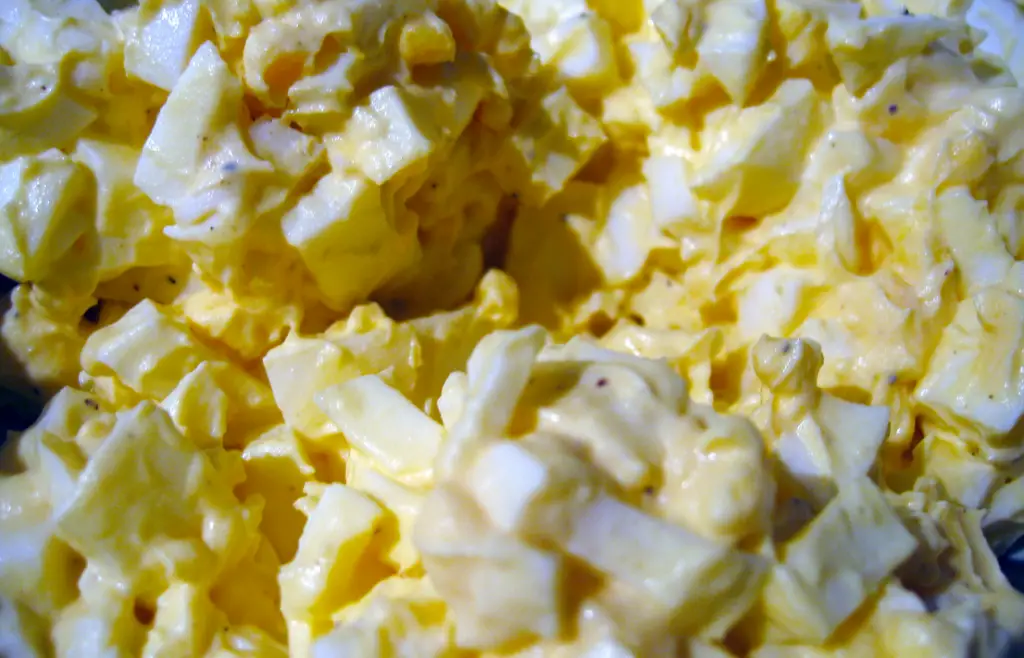
The humble egg salad sandwich, with its distinctive yellow filling and sprinkle of paprika “for color,” found its way into countless metal lunch boxes throughout the decade. Made from hard-boiled eggs mashed with mayonnaise, mustard, and sometimes sweet pickle relish, this protein-packed option was especially common after Easter, when refrigerators nationwide overflowed with colored eggs. The slightly sulfuric aroma would draw immediate attention when unwrapped, making egg salad sandwich eaters instantly identifiable to everyone in the lunchroom.
Temperature concerns meant these sandwiches often came with extra parental warnings about food safety, though few kids paid attention. The best versions contained eggs chopped to just the right consistency – not too smooth and not too chungy – and arrived on slightly chilled bread that hadn’t yet absorbed too much moisture from the filling.
8. Spam and Cheese on Rye
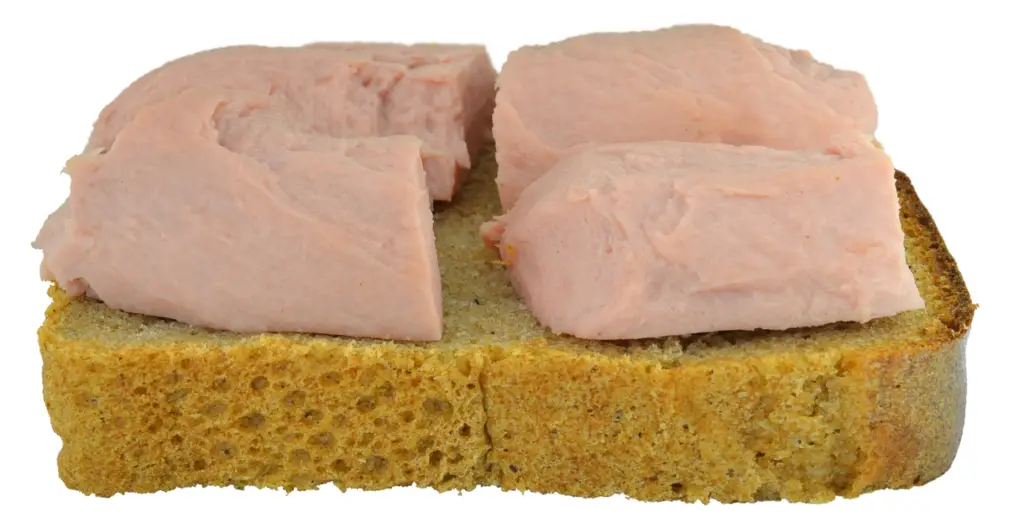
Spam, the miracle meat product that helped win World War II, found its way into many 1960s lunch boxes sliced thin and paired with processed cheese on rye bread. This hearty sandwich, sometimes enhanced with yellow mustard, represented a slightly more sophisticated option in the children’s lunch hierarchy. The salty, slightly spiced meat product had a distinctive texture that was instantly recognizable – firm enough to hold its shape but soft enough to bite through easily.
Children whose parents served Spam at home often took these sandwiches for granted, while others viewed them with curiosity or envy. The sandwich tasted best when the bread had slightly absorbed the flavors of the filling, creating a unique taste experience that many Boomers still reminisce about today, even as they acknowledge the nutritional questionability of this processed protein option.
9. Cream Cheese and Jelly Sandwich
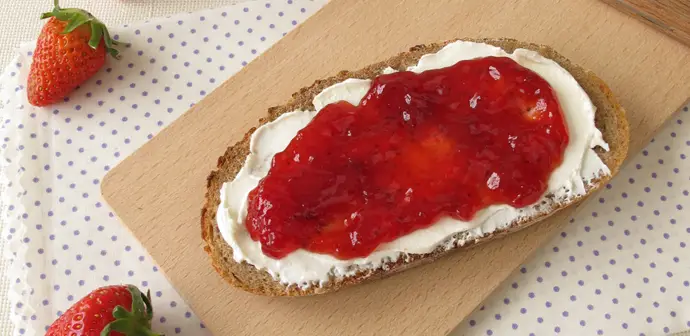
For children with a sweet tooth, the cream cheese and jelly sandwich offered a lunch box alternative to the more common PB&J. Spread on white bread, the combination created a sweet, creamy filling that seemed almost like a dessert disguised as a main course. The bright purple grape jelly would sometimes seep through the bread, creating telltale stains on the wax paper wrapping that announced its contents before the package was even opened.
Parents loved how quick these sandwiches were to prepare, and children appreciated the smooth texture that contrasted with chunkier sandwich options. Some lucky kids discovered versions made with strawberry jam instead of grape jelly, while others found their cream cheese mixed with crushed pineapple for a tropical variation that seemed impossibly exotic in middle America.
10. Butter and Sugar Sandwiches
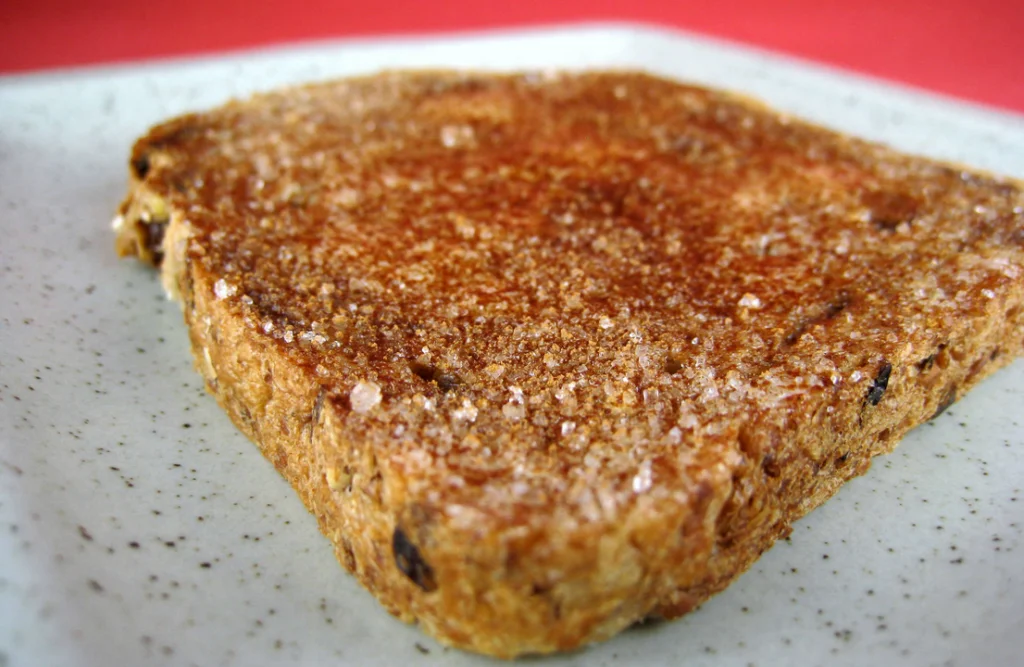
Perhaps the most eyebrow-raising lunch of the era, the butter and sugar sandwich represented depression-era economics meeting 1960s practicality. Made simply with softened butter spread on white bread and sprinkled generously with white sugar, this sandwich offered calories and not much else. The sugar would partially dissolve into the butter, creating a sweet, gritty texture that children found strangely satisfying, especially when the sandwich was fresh enough that the sugar still maintained some of its crystalline crunch.
While not an everyday option in most households, this simple creation would appear when grocery supplies ran low or when harried parents needed a quick solution on busy mornings. Some variations included cinnamon sugar instead of plain, creating what was essentially a simplified cinnamon toast in sandwich form that left a dusty, spiced residue on children’s fingers and faces.
11. Vienna Sausages and Saltines
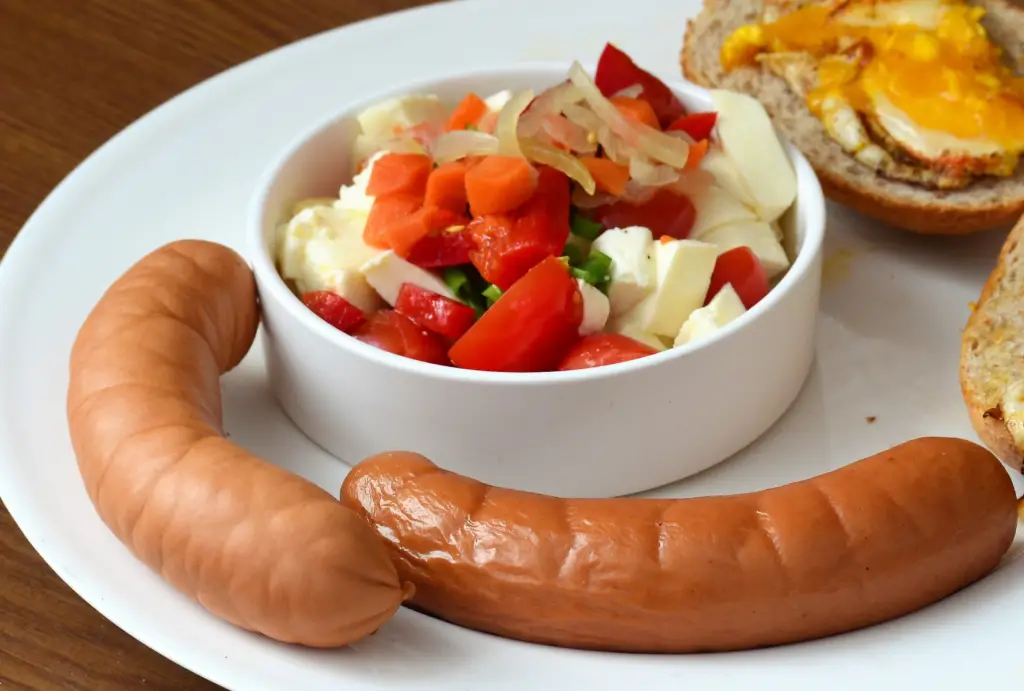
For children whose parents favored protein-focused lunches, Vienna sausages packed in a small container with saltine crackers represented the height of sophisticated dining. These small, soft sausages in their distinctive can traveled well in lunch boxes, ready to be speared with a fork or carefully placed atop crackers to create impromptu hors d’oeuvres. The slightly gelatinous texture and mild flavor made them approachable for even picky eaters, while their unusual appearance gave children something to discuss during lunch break.
Some parents would include a small container of mustard for dipping, elevating this simple protein option into an interactive meal. Children would sometimes use the saltines to build elaborate structures before eating them, combining lunch with architectural creativity in a way that modern lunchables would later attempt to replicate.
12. Leftover Spaghetti in a Thermos

Waste-conscious mothers of the 1960s mastered the art of repurposing dinner leftovers into next-day lunches, with spaghetti being the ultimate Thermos filling. The pasta would continue cooking slightly in its own heat, creating a soft, comforting texture that many children actually preferred to the original dinner version. Opening a Thermos of spaghetti required careful technique to avoid sauce splatters on school clothes, a skill that 1960s children mastered through trial and error.
The slightly metallic taste imparted by the Thermos became an expected part of the flavor profile, with many Boomers reporting that “regular” spaghetti never quite matched the unique taste of the lunch box version. Some mothers would cut the spaghetti into smaller pieces for easier eating, while others included a slice of garlic bread wrapped in aluminum foil – a luxury that elevated the meal to special occasion status.
The school lunches of the 1960s reflected a unique moment in American food culture – caught between post-war convenience products and the emerging awareness of nutrition that would transform eating habits in later decades. While today’s parents might raise eyebrows at the sugar content, processed meats, and white bread that dominated the era, these simple meals fueled a generation through school days filled with duck-and-cover drills, multiplication tables, and playground adventures. They remain powerful taste memories for Baby Boomers, each bite a connection to childhood and simpler times when lunch was less about nutrition labels and more about the excitement of opening your lunch box to see what mom had packed that day.


